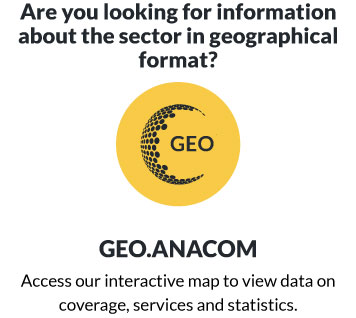During the third quarter of 2008, traffic from postal services operated in competition totalled about 60,8 million items, 11% less than in the previous quarter and 13% less than in the same quarter of 2007.
The fall seen is in large part explained by the correspondence and addressed publicity, segments.
In terms of total traffic, national postal traffic totalled around 55,8 million objects, making up 92% of the total, while outgoing international traffic registered 5 million objects representing 8%.
The decline seen in traffic during the quarter being reported was principally driven by trends in editorial mail, addressed publicity and addressed correspondence of the CTT group. Compared to the same period of the previous year, the 13.3% decline in traffic was due to national correspondence and addressed publicity, as well as, to a lesser extent, outgoing international mail of CTT.
In the liberalised area, Grupo CTT was responsible for around 91% of national traffic and for around 85% of outgoing international traffic.
In this period, 4,8 million of the total 60,8 million liberalised postal objects fell within the express mail category, with around 56 million being encompassed by the remaining service categories.
The traffic of express mail services fell by 4.1% compared to the previous quarter, but increased by 19.3% compared to the same quarter of 2007, above all, as a result of the trend in national.
In terms of the offer structure, it can be seen that in the third quarter the companies of Grupo CTT retained a share of 44.2% of express mail traffic and 94.7% of non-express mail traffic.
The postal items per capita index fell to 5.7 postal objects distributed per inhabitant, of which 5.3 correspond to national postal services.
As at the end of September there were over 17 thousand people working in liberalised postal services, 79 more than in the previous quarter. The quarterly change is normal for holiday periods when the companies make use of short term contracts.
In third quarter of 2008 no major changes were seen in the number of access points. Consequently postal coverage stood at 20.5 access points per 100 Km2, on average.
Consult:
- Postal services https://www.anacom.pt/render.jsp?categoryId=277884




